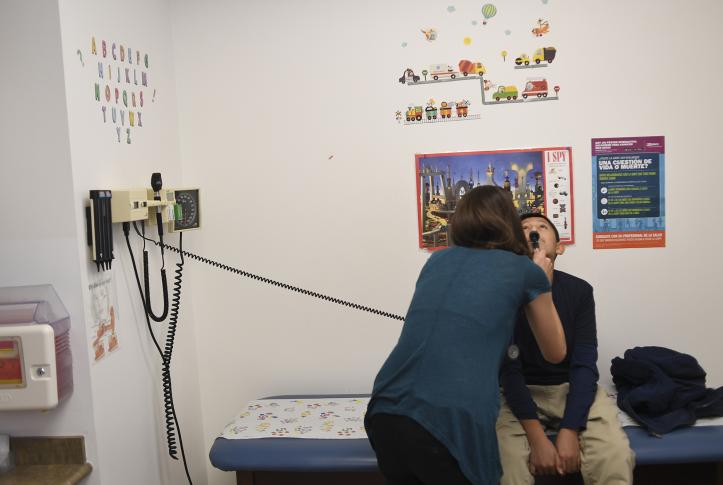It is well established that the primary care system in the U.S. is strained, exacerbated by the COVID-19 pandemic. Even before COVID, many Americans were not getting needed preventive and chronic disease care, with consequences measured in shorter lives, more disease and disability, and higher costs.
Although there is a well-established association of robust primary care with better, more equitable health outcomes, the proportion of health care dollars going to primary care is shrinking. This is partly because of how payment rates for care are determined in Medicare, which has a profound effect on payment for physician services across all payers in the United States. Three-quarters of services that physicians bill for are based on values determined by Medicare, and that process is heavily dominated by specialists and undervalues primary care. Despite significant conversations about value-based payment, primary care is still largely paid fee-for-service (FFS), a payment method that incentivizes more services rather than higher-value care and limits clinicians’ ability to address the comprehensive needs of patients, including behavioral health and social needs.
Increasingly, a consensus has emerged among researchers, clinicians, and primary care experts — as shown in a recent study on strengthening primary care — that payment reform is a key lever to move our system toward better health and greater equity. This would require changing how much we pay (by increasing the overall portion of health care spending to primary care) and how we pay (by implementing hybrid payment approaches). Hybrid payment models incorporate a combination of per-member per-month capitated payments to grant providers more flexibility in providing the right care at the right time and FFS for high-value, underprovided services.
If implemented, these payment reforms would be game-changing for primary care, particularly if constructed with the input and support of diverse stakeholders and communities facing high barriers to care, including rural Americans, people of color, and low-income people.
Recognizing the outsized role of the federal government in leading this charge, there are three areas for policymakers to focus on to advance primary care payment reform to increase equity and improve patient outcomes:
1. Integrate primary care and behavioral health.
Ongoing bipartisan congressional discussions are addressing the national mental health crisis and exploring how integrating primary care and behavioral health can expand access to treatment. These discussions could further a vision of care responsive to physical, behavioral, and social needs. It is critical that these efforts are ultimately supported by a substantially reformed payment system, not dependent on grants or FFS payment tweaks.
2. Use Medicare payment policies to strengthen and enhance primary care.
It will be critical to harness Medicare’s size and influence to scale primary care payment changes. Specifically, the Center for Medicare and Medicaid Innovation can scale models that pivot primary care away from a reliance on Medicare’s fee-based payments, which undervalue and restrict innovation.
In addition, the Centers for Medicare and Medicaid Services (CMS) could use its authorities to achieve primary care payment reform within permanent programs, such as the Medicare Shared Savings Program (MSSP). The MSSP is an accountable care organization (ACO) model created by the Affordable Care Act, which the administration has recently signaled it intends to improve and expand. ACOs — groups of providers that come together to improve the cost, quality, and outcomes of care for their patients — have been particularly successful at improving quality while lowering costs. ACOs with more advanced primary care have been even more successful. CMS could offer MSSP ACOs the option of paying for primary care in hybrid approaches as described above, which could serve to improve primary care delivery.
3. Strengthen community-oriented primary care through Medicaid.
Medicaid plays an essential role in advancing equity as it is the largest insurer for low-income Americans. The program insures 80 million people, 59 percent of whom are people of color, and more than 50 percent are children. To strengthen primary care for Medicaid beneficiaries and advance racial equity, Congress can provide resources to close the longstanding gap in payment for services provided by Medicaid, as compared to those paid by Medicare and commercial insurers. CMS also can provide state Medicaid agencies with guidance for implementing hybrid payment approaches for primary care, including ways to leverage Medicaid managed care contracts (e.g., share best contracting practices, require data collection and reporting by race and ethnicity) and incentives to enable community health centers to successfully engage in alternative payment models (e.g., increase upfront payments to allow for investments in technology and workforce).
As the foundation of high-performing health systems here and abroad, primary care knits together fragmented and uncoordinated parts of health care to produce better health in all our communities. To live up to its potential, primary care must be well-resourced, accountable, and empowered to play this important role.




